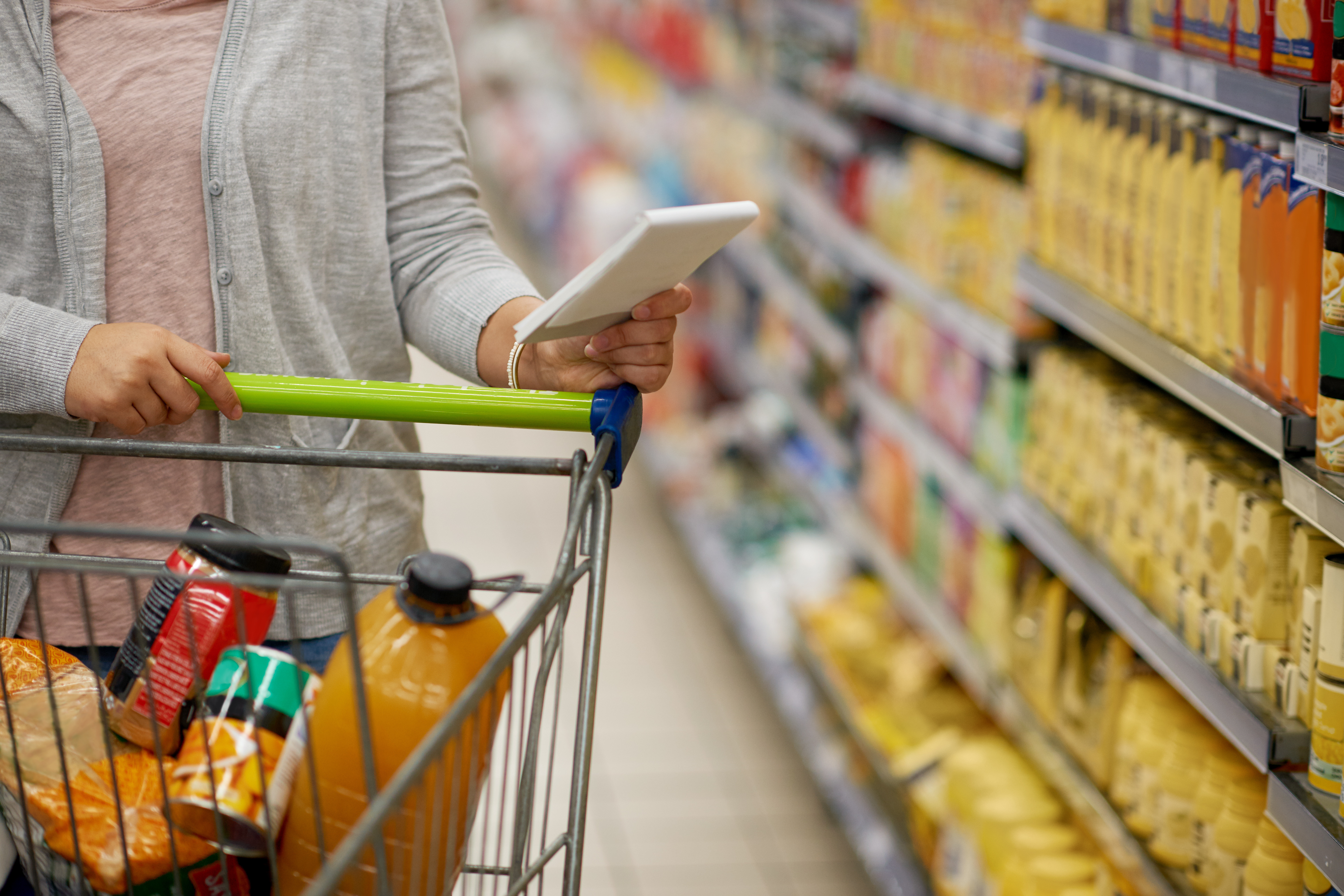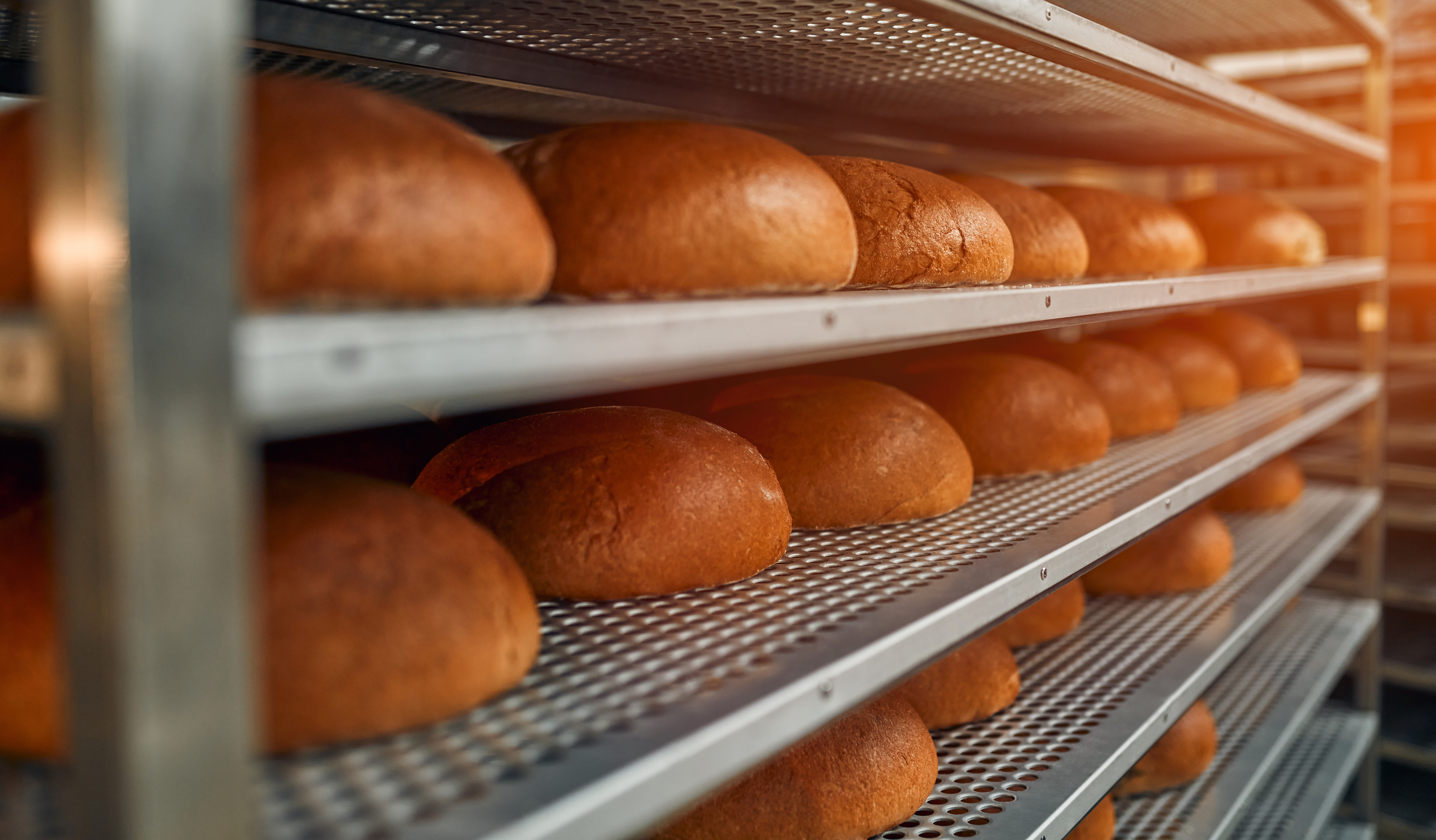A Look Inside the Food Safety Crystal Ball for 2022
 What's on your company's list of business resolutions for 2022? A strong food safety and the quality program should be a perennial part of such lists, but this is a good time to amend your resolutions to reflect the latest changes and challenges.
What's on your company's list of business resolutions for 2022? A strong food safety and the quality program should be a perennial part of such lists, but this is a good time to amend your resolutions to reflect the latest changes and challenges.
A recent SQF Unites session, "Food Safety Insights 2022: A Peek into the Crystal Ball," spotlighted trends and potential pitfalls that manufacturers should heed and be prepared to respond to as another year begins. Although it's hard to top 2020 and 2021 in terms of turbulence if the past two years have taught us any lesson, it's that being agile and staying focused on safety and quality in an uncertain operating environment is essential.
"It doesn't matter what segment you're in – as a manufacturer, distributor, processor or retailer – these are ever-changing times, and things are evolving quickly," declared session presenter and global food safety lawyer Shawn Stevens of Food Industry Counsel LLC.
Stevens highlighted critical areas for the year ahead:
- Changes in the regulatory environment: After a slower-than-usual period of recalls over the past couple of years, the pace is likely to pick up again in 2022, edging closer to about 560 recalls next year from the expected 490 or so this year, according to Stevens. As recalls grow, expect regulatory scrutiny to increase, too: the U.S. Food and Drug Administration (FDA) and U.S. Department of Agriculture (USDA) likely will step up their food safety assessments and hone in on pathogens as well as undeclared allergens and risks from foreign materials.
- FDA's priorities and initiatives: With FDA visiting more sites this year, regulators will be checking the effectiveness of sanitation programs to see if companies are adequately controlling for pathogens. Stevens expects that the agency will move toward a two-strikes-and-you're-out policy versus a three-strike threshold when it comes to repeated positive findings for pathogens like Listeria.
- Emerging food safety issues and threats: As part of stepped-up efforts to reduce allergen-related recalls, Stevens notes that sesame has been added to the list of allergens, making the Big Eight food allergens the Big Nine. Meanwhile, as the New Era of Smarter Food Safety becomes more entrenched, it will also evolve, with traceability as a key priority, a growing emphasis on retailer modernization, and the prioritization of food safety culture across the board.
As 2022 unfolds and brings expected trends and potential surprises, Stevens underscored the importance of staying on top of whatever is happening. "We've been in the food safety revolution for the past two decades and the pace isn't slowing – it's speeding up and increasing in size and we see the balloon effect of new thinking, best practices, and regulations," he said.
Thinking in extremes isn't such a bad thing, the food safety lawyer added: "What would 12 jurors say? In almost every case, if you think about that, you get to the right decision."
Recent Blog Posts
The FMI Foundation, in partnership with SQFI, awarded 19 scholarships from 152 applications for the 2025-2026 Food Safety Auditing Scholarship program.
Private brands in the grocery industry are experiencing significant growth, evolving from budget alternatives to strategic assets that drive customer loyalty and distinguish retailers.
Recall prevention means embedding food safety throughout your operations so those failures never reach the customer.




